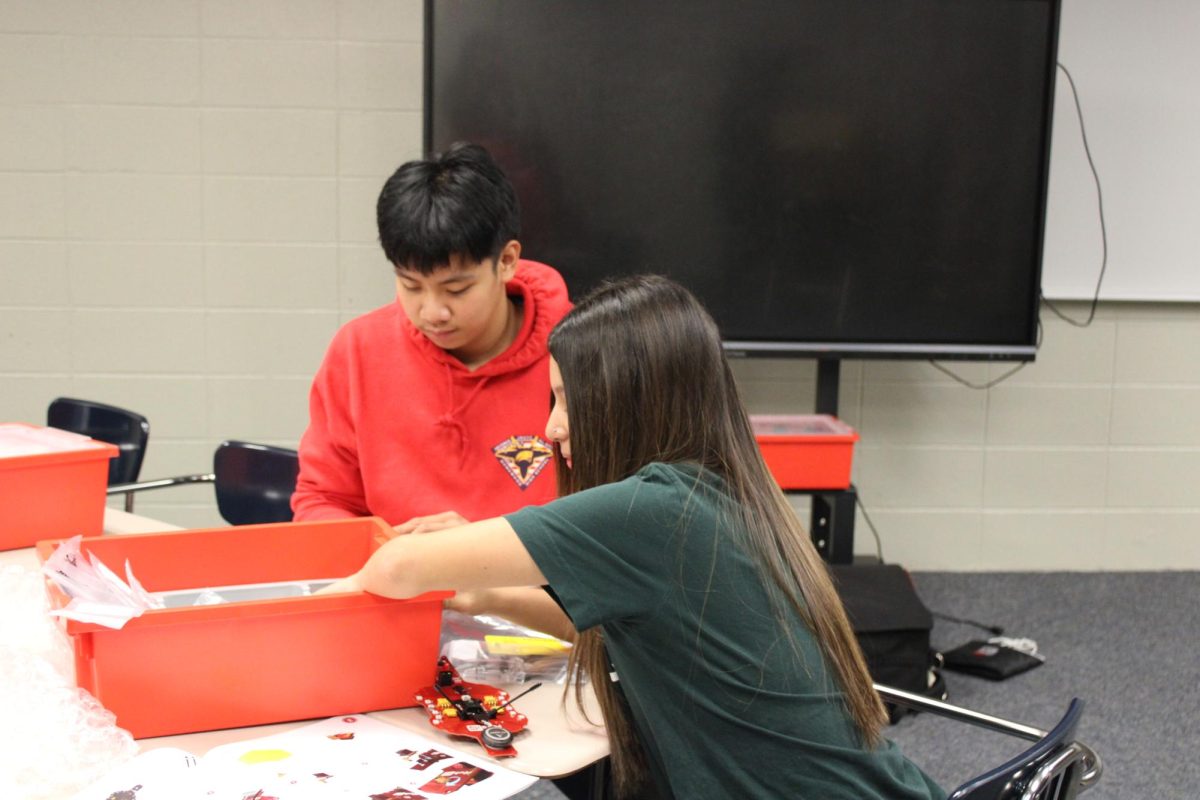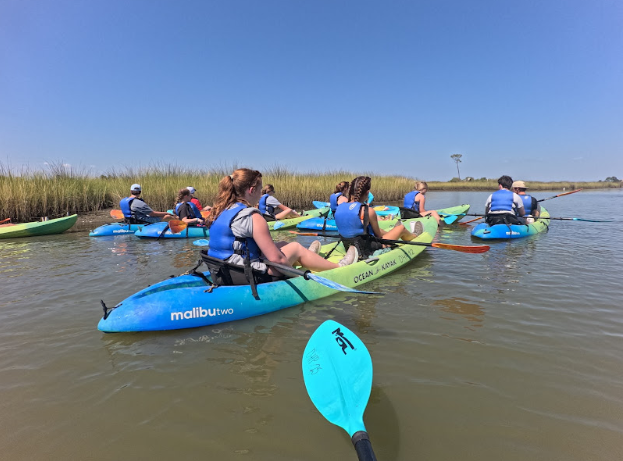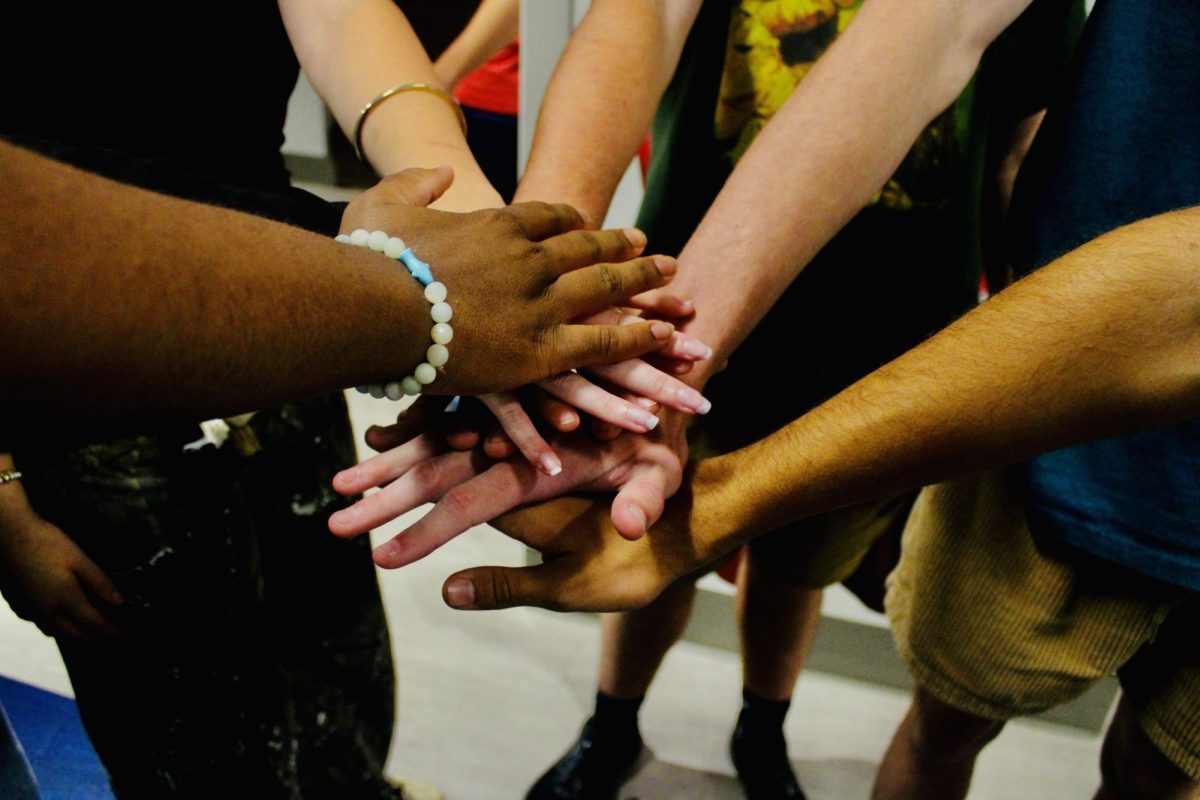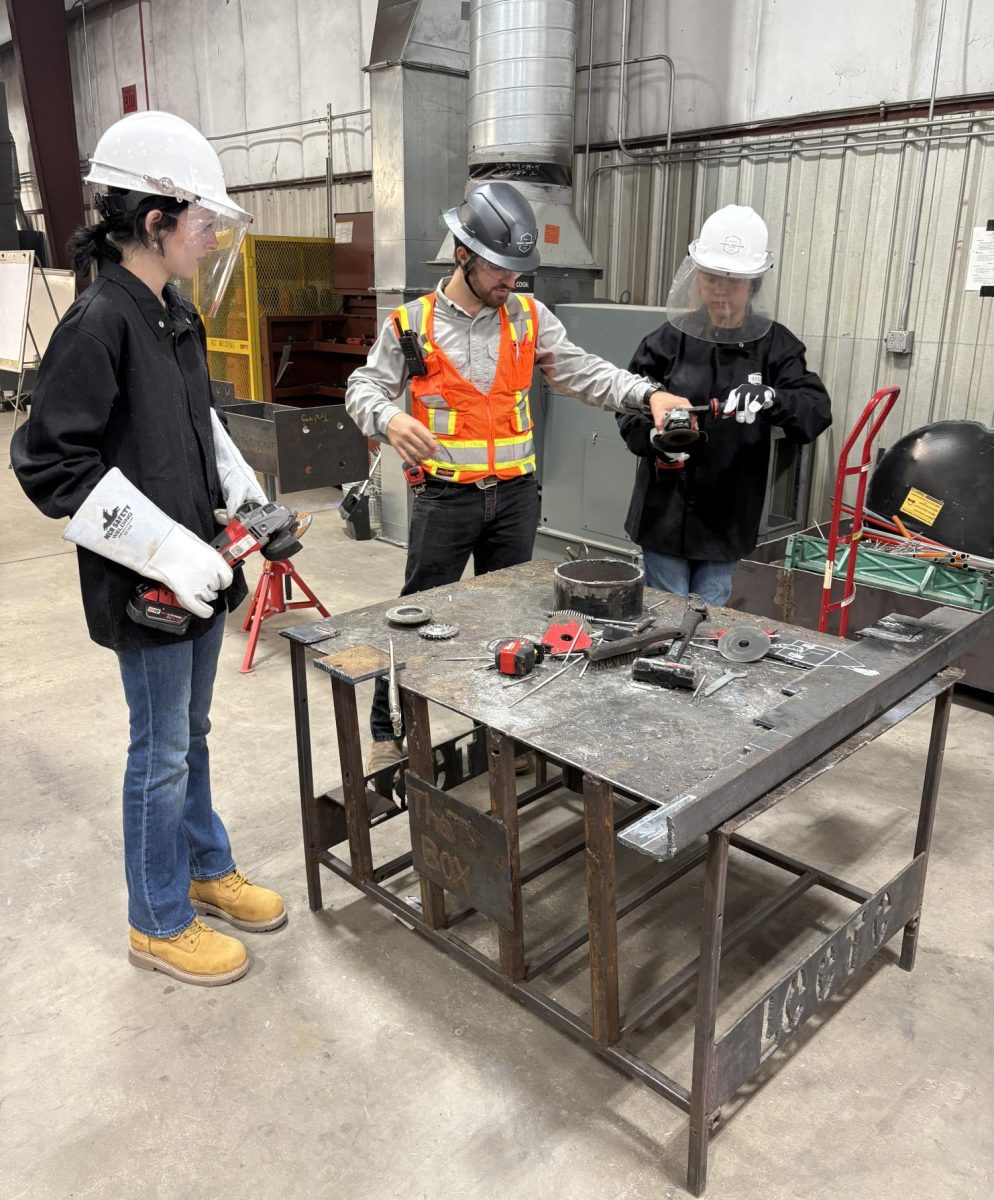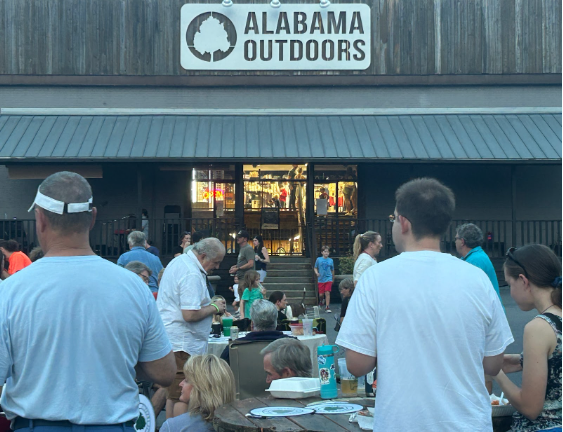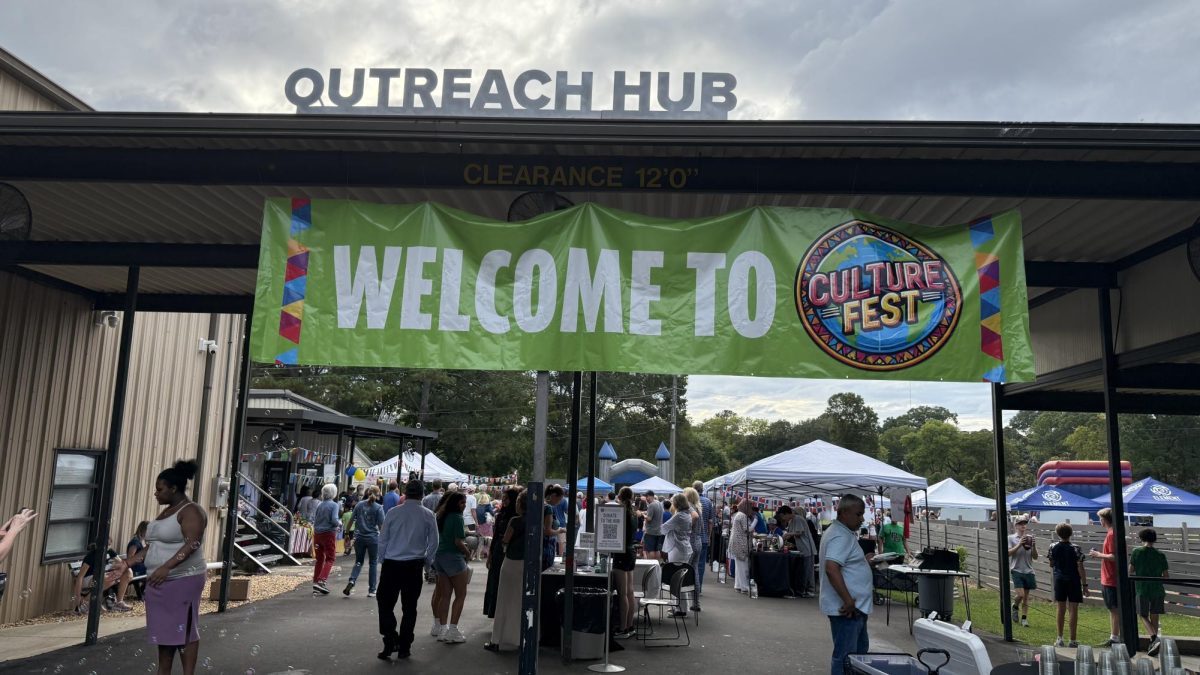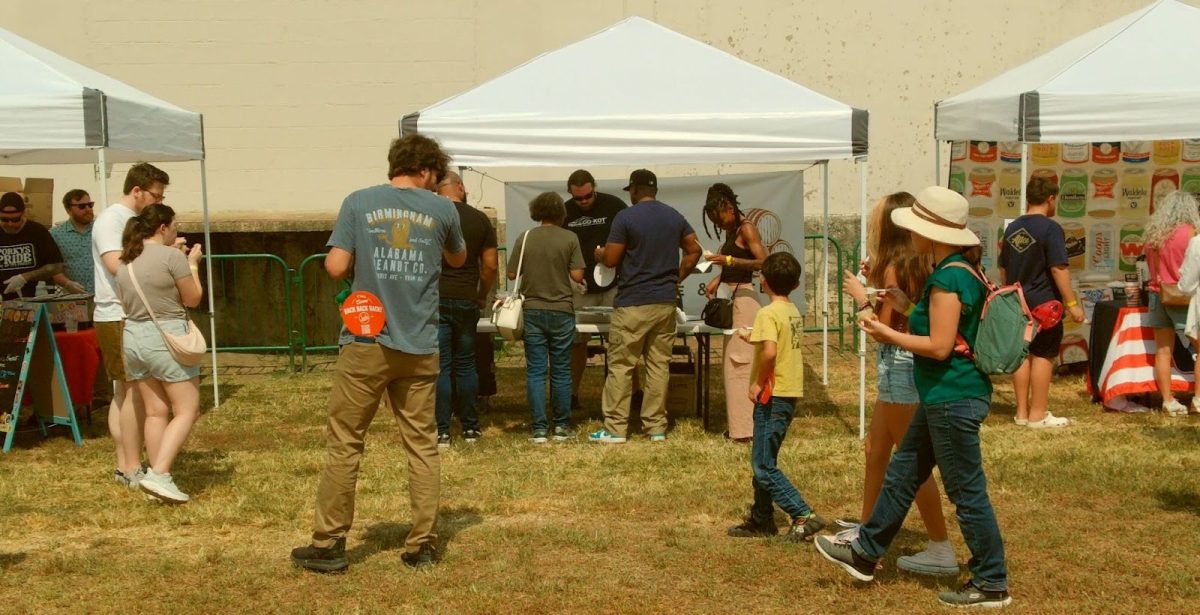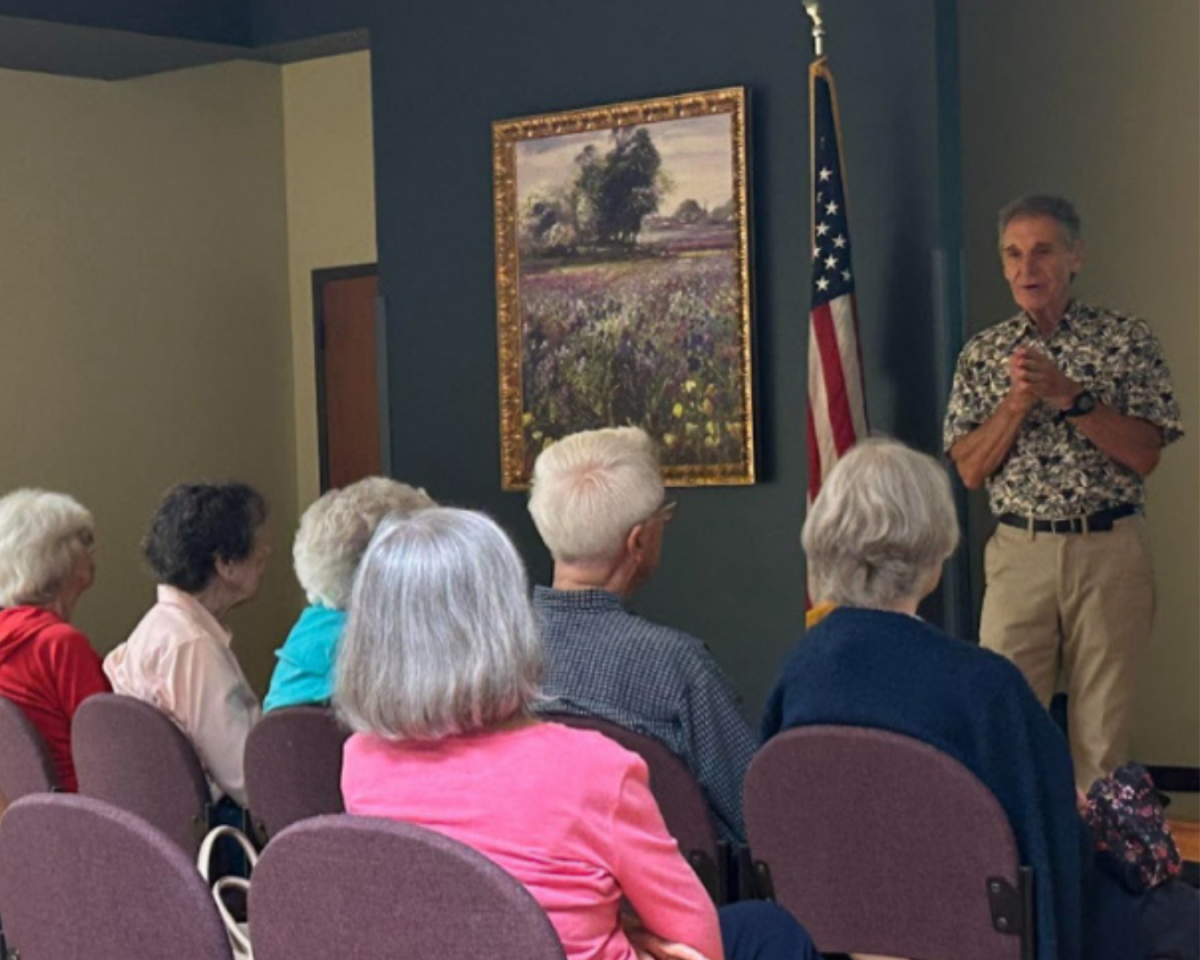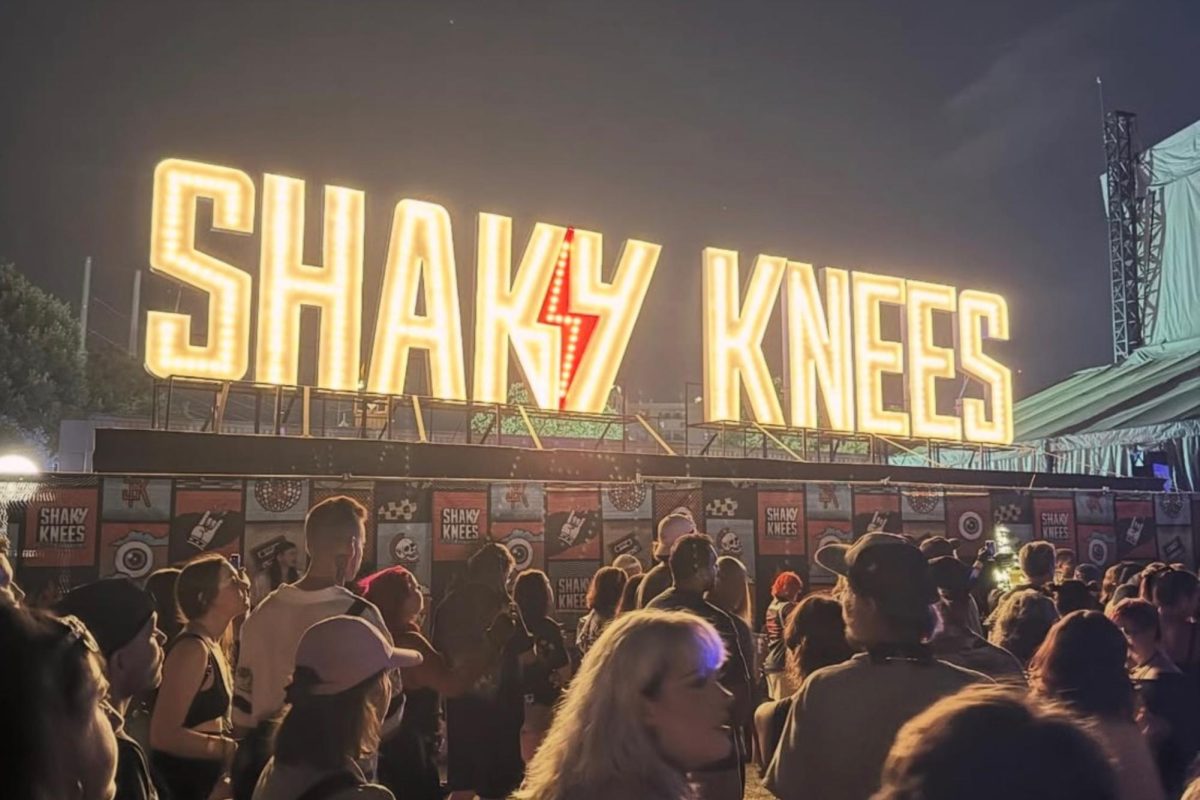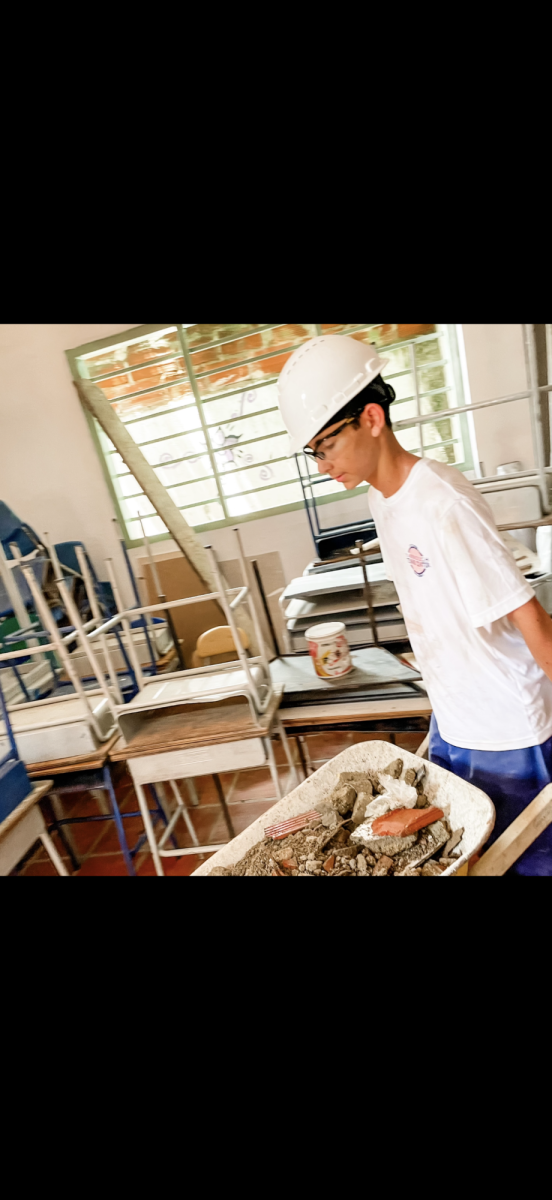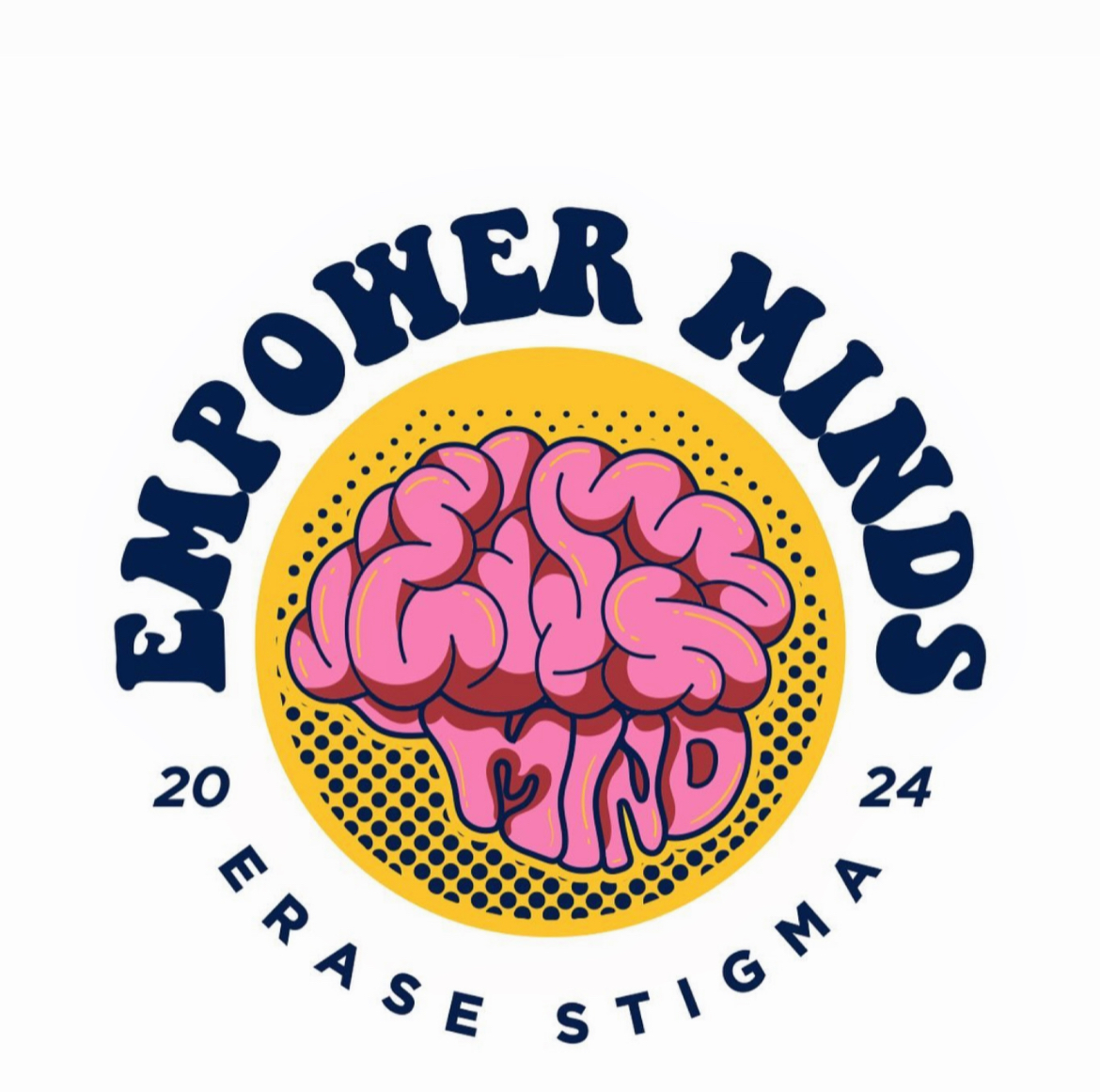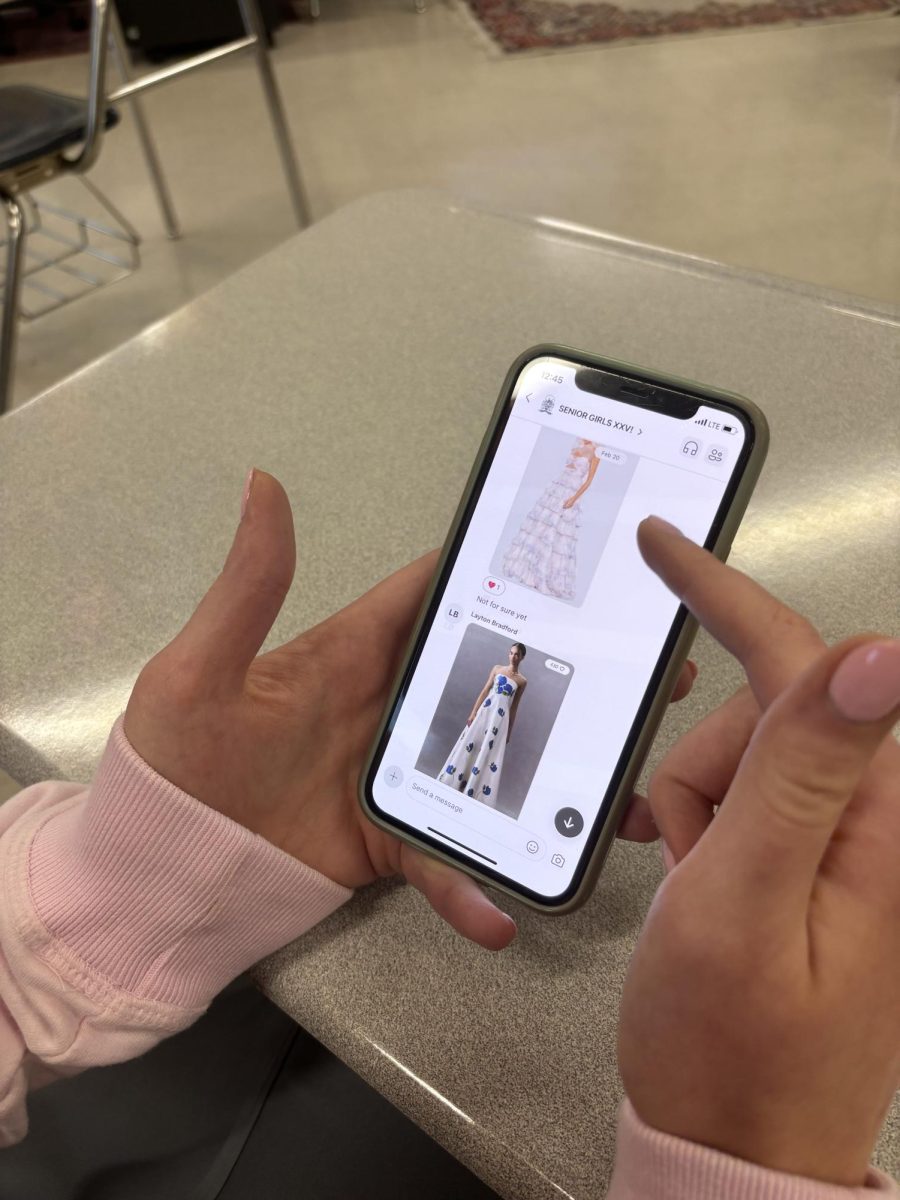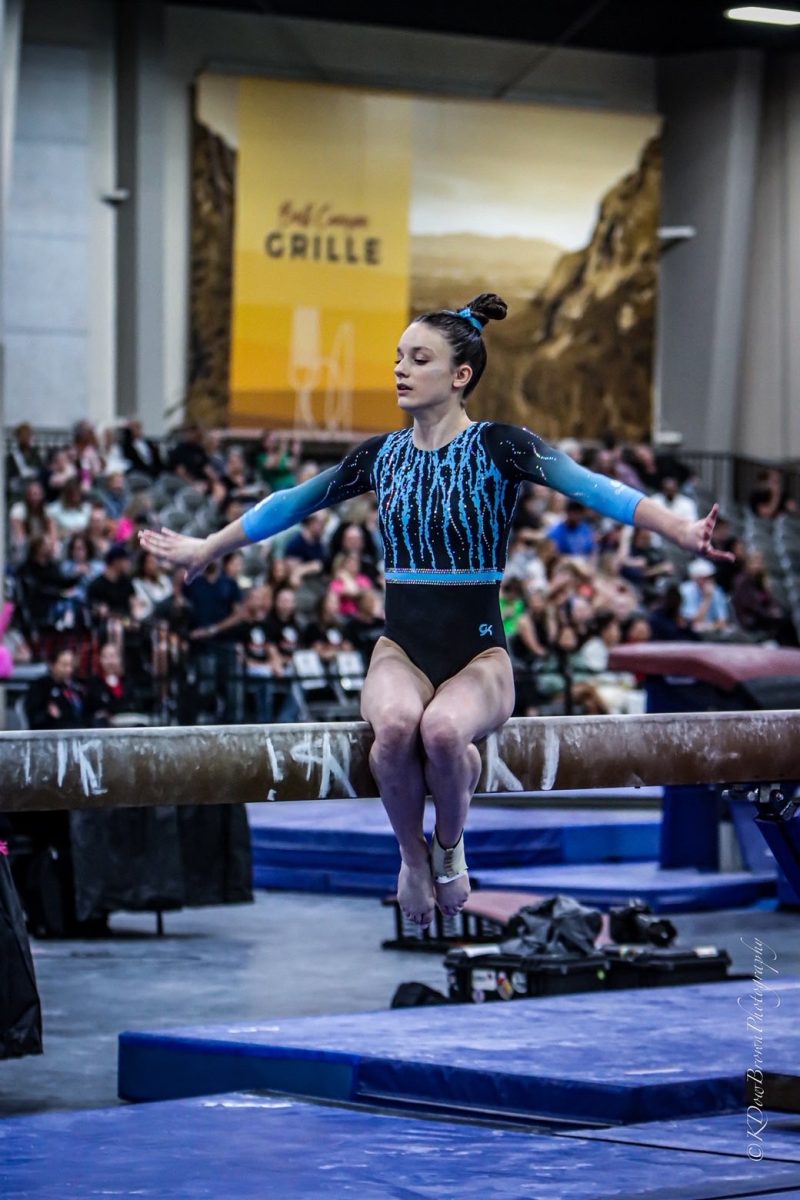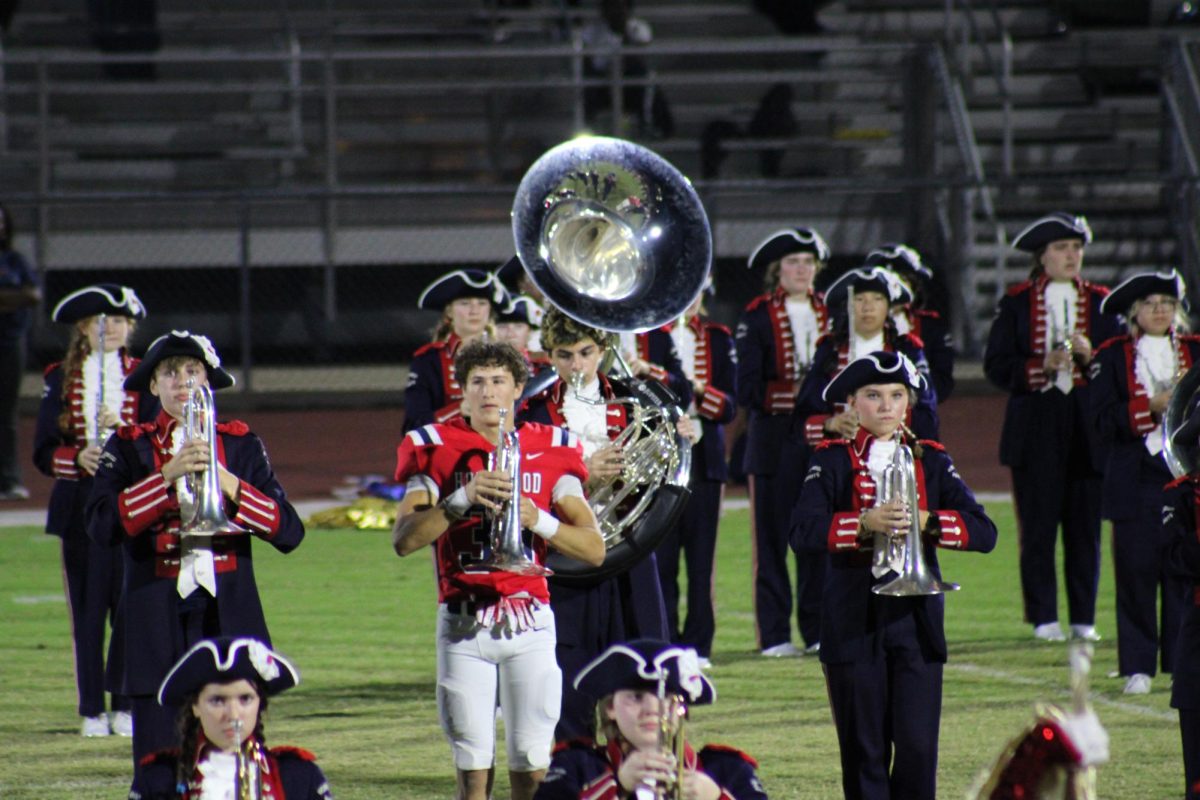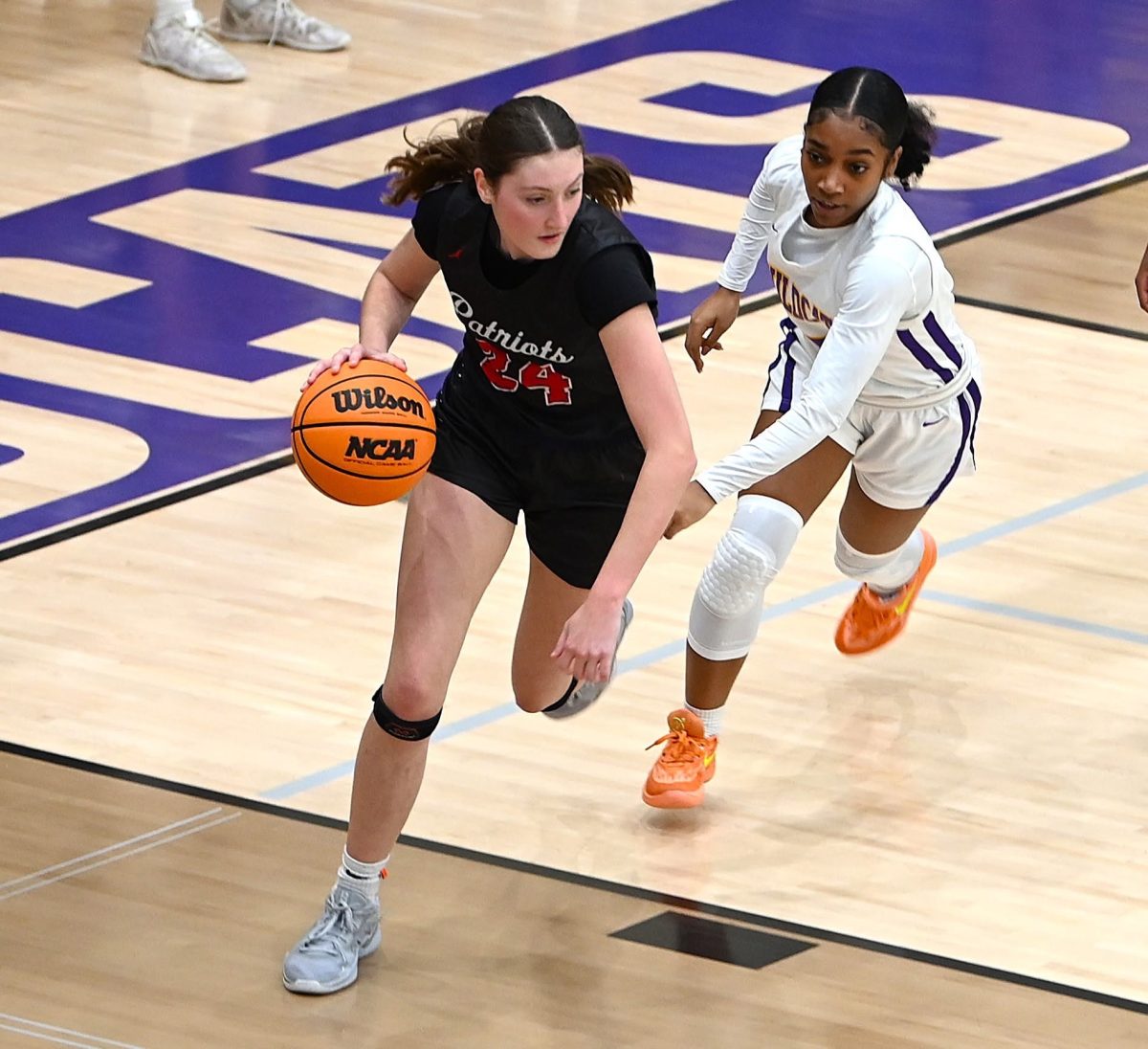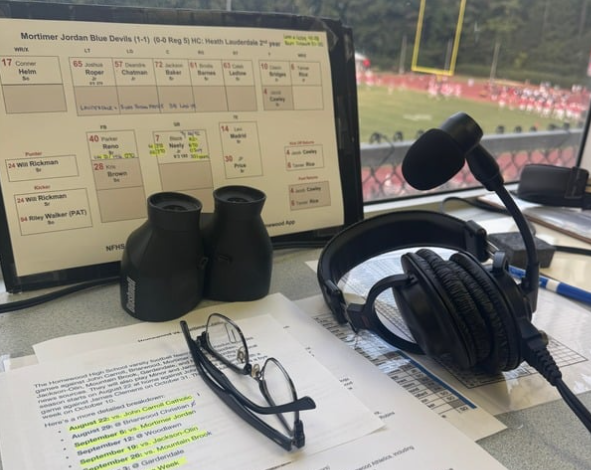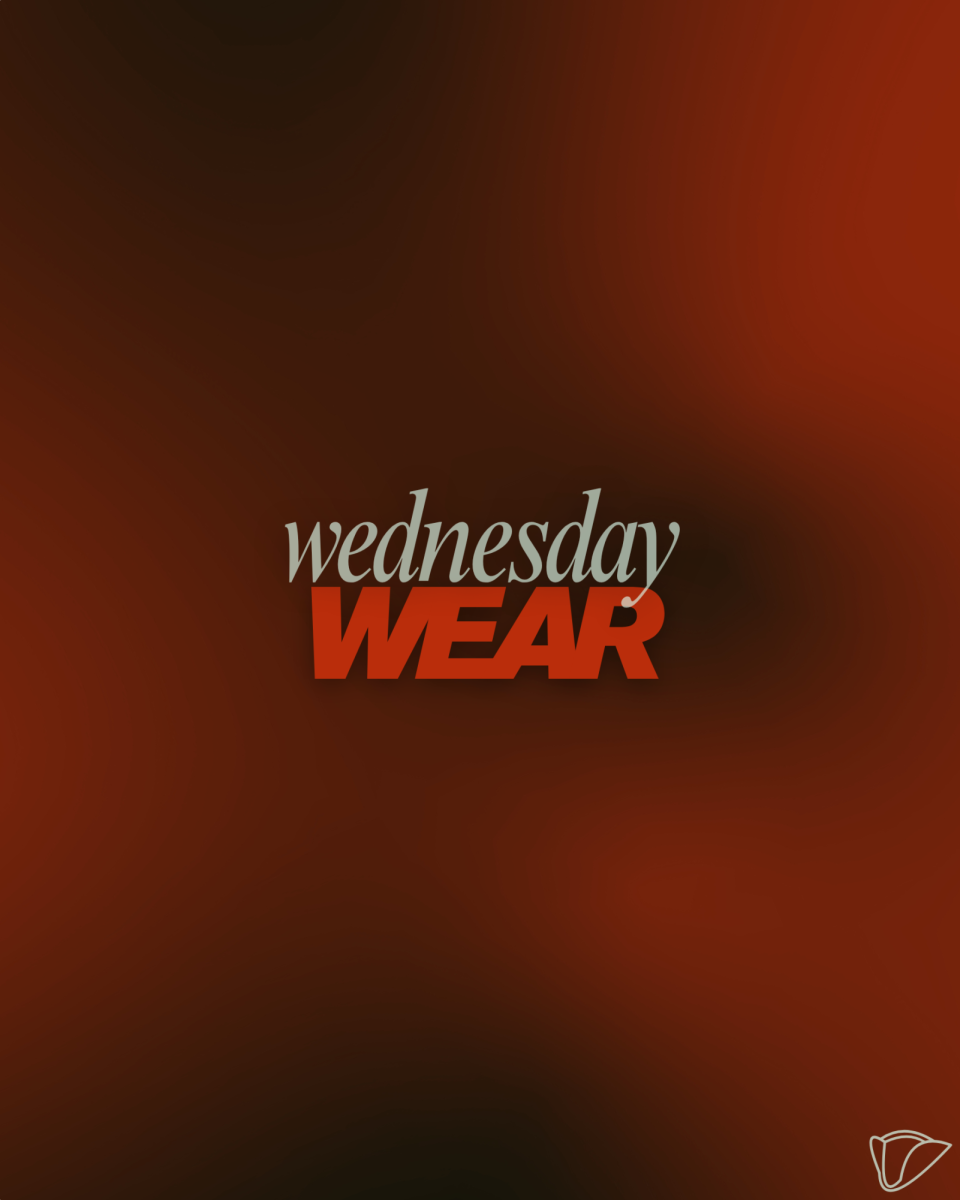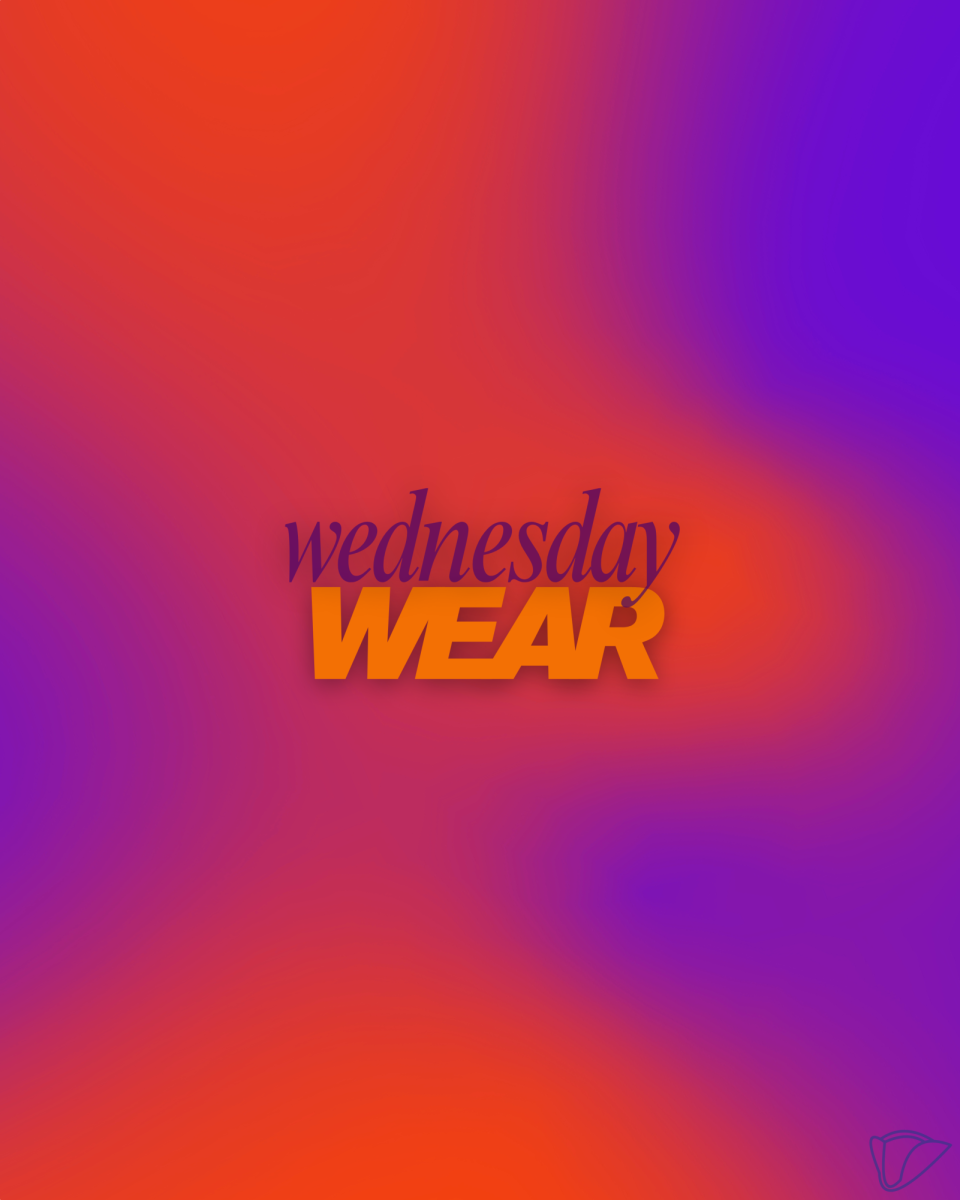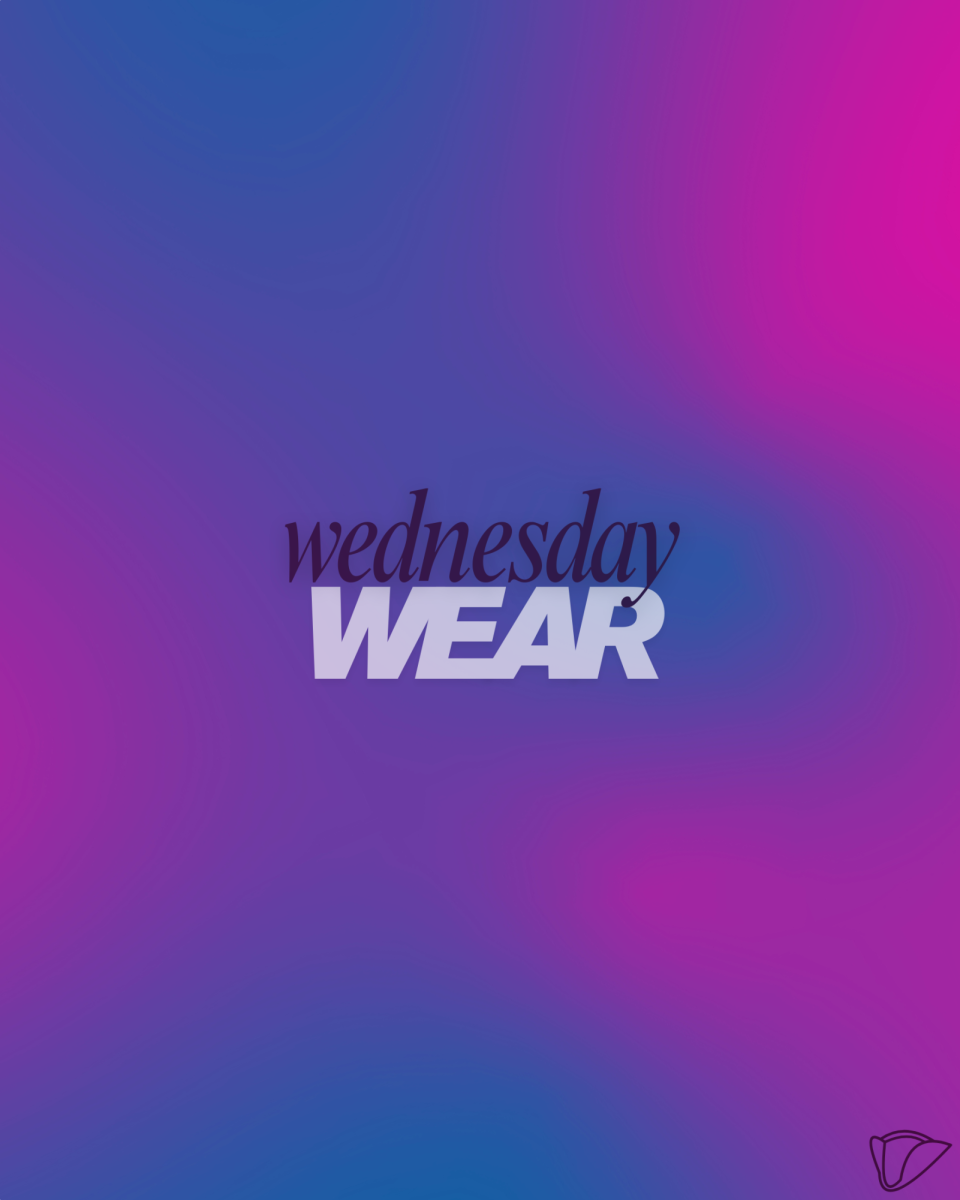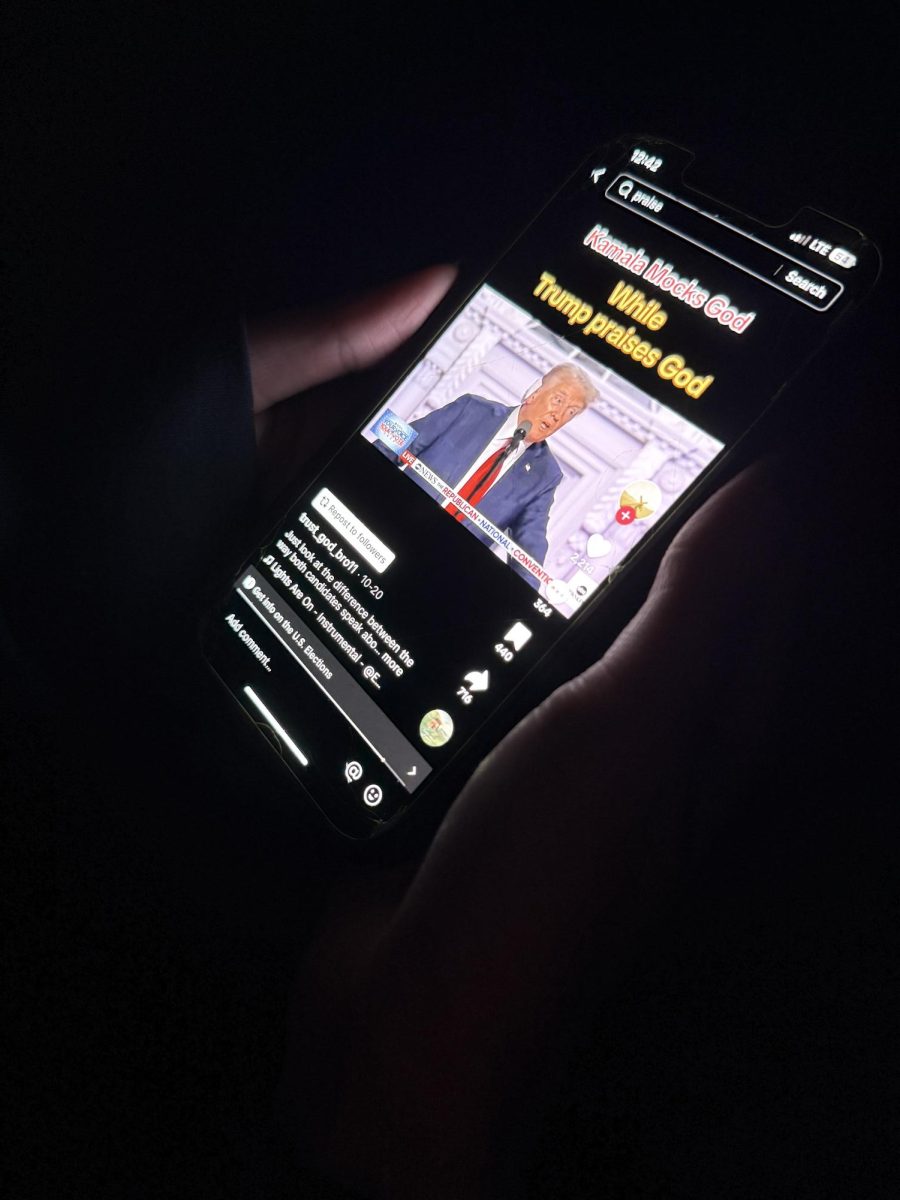In an age dominated by technology and social media, online users are constantly subject to online influence. Voters ー especially teenagers preparing to vote for the first time in the 2024 presidential election ー are no exception.
Through social media platforms, news outlets and general online forums, the spread of both facts and, increasingly, misinformation has become increasingly more prominent.
Presidential candidates Kamala Harris and Donald J. Trump have both used online resources to cater to younger voters deciding where to cast their ballot.
Harris’s campaign has utilized pop stars, memes and other relations to social media. The saying “Kamala is brat” exploded on the internet, emerging from pop star Charlie XCX’s album “Brat” which came out this summer. Strategies similar to these highlighting the major shift campaigns have made in recent years to appeal to this new age of voters have used platforms like TikTok and Instagram to appeal to younger generations.
Harris appeared on popular podcasts that Gen-Z and millennials listen to such as “Call Her Daddy” by Alex Cooper, a podcast focused on women’s rights and lives. The podcast’s audience is 90% female which allowed Harris to connect with younger women concerned with many of the topics surrounding this year’s election.
While Trump is focused on maintaining his older demographic of supporters, he has made efforts to draw in younger, primarily male voters as well. He appeared in a YouTube video with influencer Logan Paul and brought many other male social media stars on stage at rallies like TikToker Bryce Hall and YouTubers the NELK Boys.
Various podcasts Trump and Vice Presidential candidate JD Vance have appeared on have majority male viewerships. Trump also appeared on comedian Theo Von’s podcast “This Past Weekend” with a male audience of 75%, according to NPR.
Stacy Browning, government teacher at Homewood High School, says she was eligible to vote in 2004. This was before the first iPhone came out and social media was prominent.
“I remember seeing a lot of campaign signs,” Browning said. “I feel ads on TV and the radio were the bigger factor.”
Browning said this form of advertising and ways of obtaining information “were looked at very differently.”
Both candidates have been known to make misleading claims, and their staffs mostly fact-check and retract these statements. However, social media users continue to spread falsehoods that are presented as truthful statements with no concrete accountability.
Homewood High School wants to encourage all those eligible to vote to do so. Some teachers at HHS are spreading awareness about the unreliable sources online to encourage students to be informed about who they are voting for.
“It is really important to make sure that you have correct information before repeating it because some of it can be dangerous,” Browning said.
When asked where they get their information about politics and the election, three out of eight HHS students surveyed said TikTok. The rest listed more reliable news sources, like The New York Times, Washington Post and NBC News, recognizing those can be biased as well.
Dorian Sanchez, senior at HHS, plans to vote in this upcoming election. As he prepares to come to a decision, Sanchez said that social media does influence his vote.
“I get most of my news off of social media,” he said. “That’s why I try to look for other sources.”
This is common for HHS students, as they might see news on social media, but understand it may not be reliable.
Jane Fowlkes, a junior at HHS, said she has changed her mind about a candidate because of a media coverage.
“I’ve changed my view for both of [presidential candidates],” Fowlkes said. “Obviously, Fox News is going to portray Trump a little better, and CNN with Kamala. So there is definitely some bias.”

